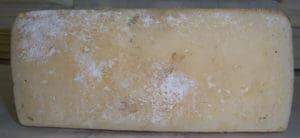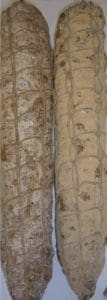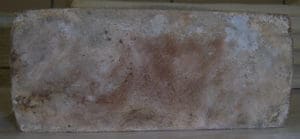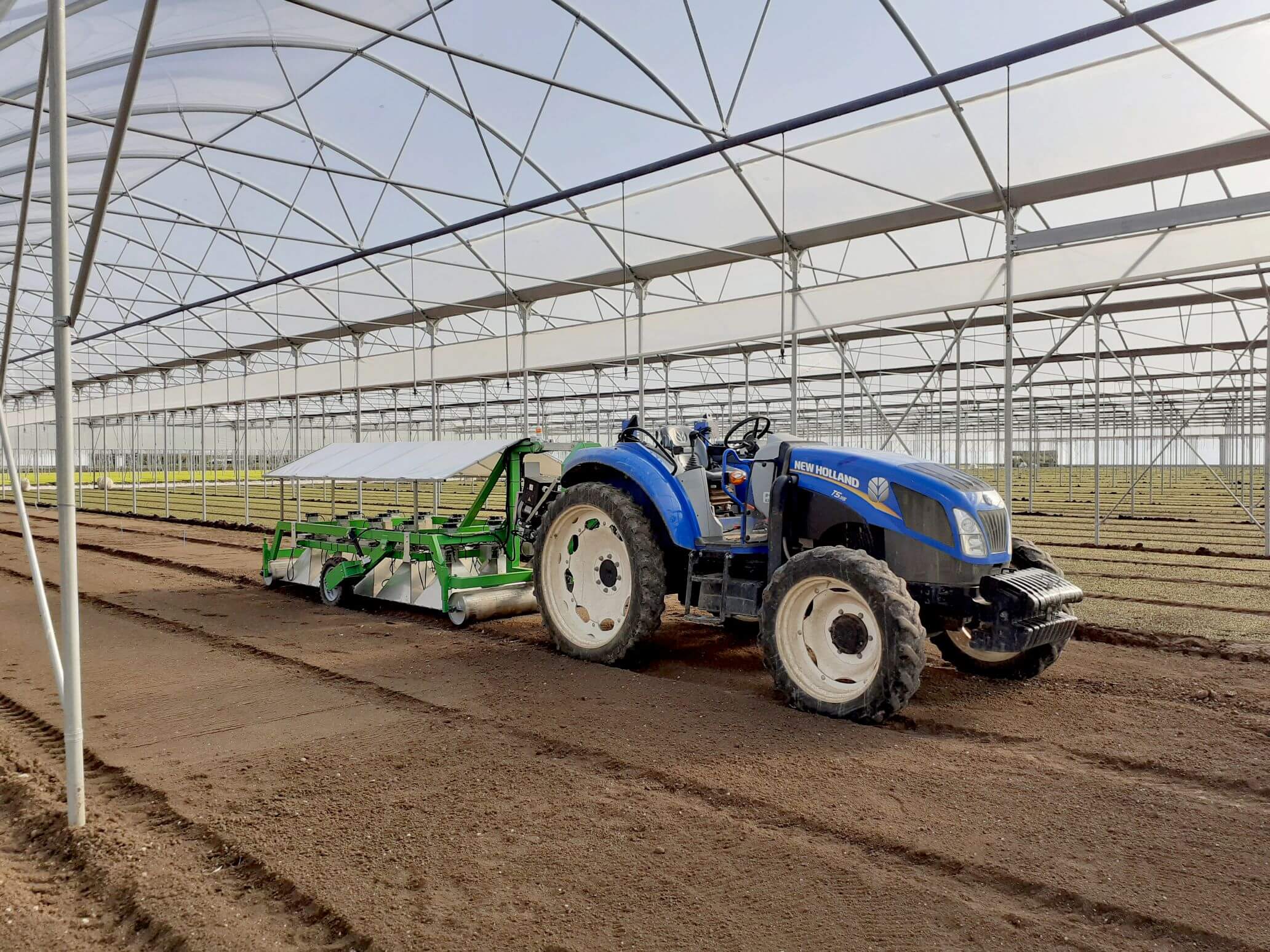Afull range of well-tested ozone-based application solutions, that De Nora, a company that has been operating in the electrochemical field for over 90 years, can offer, due to its cooperation with important partners and its commitment in research projects.
“Ozone has numerous applications due to its oxidizing and anti-microbial properties”, explains Cristian Carboni, Ozone Application Specialist at De Nora, “it oxidizes not only bacteria, yeasts and moulds but also other organic and residual compounds that may be present in water or on surfaces, without leaving any traces! Ozone is also effective against biofilm, a problem that many food companies have only discovered over the past few years. In fact, the bacteria present in biofilm may be viable but non-culturable, which makes them difficult to detect using traditional methods of analysis such as cultivation on Petri dishes”. “Companies often ask me if the use of ozone affects the quality of the product.
Chemical and sensory analysis have shown that, when used correctly, ozone does not affect the taste even of delicate products such as culatello, stracchino, taleggio, gorgonzola, salami, speck, raw ham and ricotta and does not produce peroxides or oxidation by-products”.
The Dairy Industry
Many studies have shown that ozone is effective in the treatment of water for cooling mozzarella cheese, which may contain bacteria such as Pseudomonas aeruginosa or Pseudomonas fluorescens (cause of the blue streaks in mozzarella and other products); in the treatment of rinsing water used, for example, in CIP (Cleaning In Place) cycles to avoid transferring any contaminants that have survived the sanitization process from one tank to another; and process water that may be contaminated by the biofilm present in pipes and brine regeneration. Ozone improves the quality and safety of the products with no risks for staff.
The research conducted by the University of Udine, Department of Food Science and CNR ISPA, Institute of sciences of food production, entitled ‘Use of ozone in the production chain of high moisture mozzarella cheese’, published in 2013, shows how ozone is effective in reducing the contamination caused by the use of water, in the production processes of the Dairy industry.
It has also been demonstrated by many studies that gaseous ozone is also effective in sanitizing the rooms used for cheese maturation and ripening in that it prevents the development of undesired moulds (image 1) and mites, during the ripening stage, and the presence of insects such as Piophila casei. In addition ozone has proven efficacy against Listeria Monocytogenes on savoury ricotta, P.D.O. gorgonzola, P.D.O. taleggio and other kinds of cheeses.
Meat and cold cut industry
In the meat and cold cut industry, the use of ozone has been widely studied in ripening rooms for its effects against mites and to prevent the development of unwanted mould, in all production, cutting and packaging environments to reduce the risk of contamination by microorganisms, in particular Listeria. Gaseous ozone enables to sanitize both air and surfaces (particularly points that are difficult to reach such as cooling systems and the inside of machines and conveyor belts).
Sanitizing production environments and cleanrooms, especially those in which the products are cut and packaged, ensures a significant increase in the safety and shelf life of products.
Also in the meat industry ozone can be used to treat process water that may be contaminated by the biofilm present in pipes.
Fish industry
The use of ozone in the treatment of process and washing water and the sanitization of production environments ensures control against cross contamination and the increase in bacterial load that normally takes place during the working day. It also prevents the formation of biofilm in pipes and helps to oxidize it if it is already present.
Ozone water is widely used in mollusc farming and the preservation of crustaceans, in fattening or prefattening tanks, in recirculating water on fry farms and process water in general, with considerable advantages in terms of the size and growth of the fish. Other uses are the production of ozone ice and use of the gaseous phase for treating air in the production environments.
Fresh pasta industry
In the pasta, sweet and savoury pastry industry, following their removal from the ovens or pasteurizers, products are exposed to a high risk of contamination from the air, conveyor belts or other machinery; the cooling tunnels and packaging rooms in particular may become critical points of the process with a negative effect on the product’s shelf life and process water contributing to an increase in the microbial load of the products of up to 4 logarithms (1000 times) in a few metres.
Ozone is effective in clearing these environments from bacteria, viruses, fungi and moulds without raising the humidity level and thus the water present on surfaces and in the air.
Water purifiers and wastewater
The ozone systems in the NEXT technologies series can also be used in the treatment of wastewater to reduce the COD and BOD levels, remove a wide range of microorganisms and reduce the quantity of sludge produced, thus cutting disposal costs.
De Nora Next ozone systems
With its De Nora Next series, De Nora provides a wide range of ozone systems capable of functioning at different concentrations and generating ozone gas or ozone water according to the specific application. The
technologically advanced NEXT ozone series are equipped with ozone sensors to guarantee the safety of the workers and the right dosage of the correct volume of gas. The PLC enables the system to be managed simply through its user-friendly interface.
De Nora is a multinational company, leader in the design of products and technologies for sustainable growth: energy saving and water treatment. It is the largest group in the world that supplies electrodes for electrochemical process and is one of the recognized protagonists in the technology and processes for the treatment and disinfection of water.
The De Nora products represent key elements with a high added value in transformation processes for a large number of industrial applications: chemistry, water treatment, electronics, energy storage and the protection of infrastructure from corrosion.
De Nora operates in 11 different countries with 23 sites, 13 production plants, serving customers in 119 countries. Its research and development centres are in Italy, USA and Japan. At present, the company holds 344 families of patents with over 2000 regional extensions. www.denora.com







